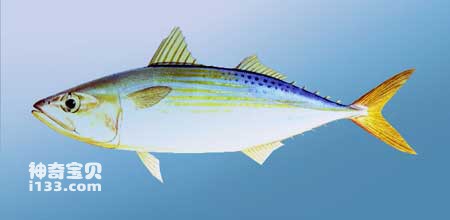Herring, also called mackerel, is an important economic fish; its fish schools are dense and the number of individuals is unparalleled. It can be said that it is the most productive fish in the world. Why can herring reproduce in such large numbers? The reason is that herring is good at adjusting light, so that the fish can smoothly enter water layers of various depths to capture food.

There are two types of herring: one is the Atlantic herring that lives on both sides of the Atlantic Ocean, and the other is the Pacific herring that is distributed on both sides of the northern half of the Pacific Ocean.
The dense movement of herring is a very magnificent scene. Two to three days before herring start their mass migration, a few large individuals with bright colors act as the vanguard to clear the way, followed by dense schools of fish appearing on the shore. Fishermen can accurately judge the arrival of big fish schools based on the color of the water on the shore, the movement of the sea water, the special splashes caused by the swarms of fish, and the circling and chirping of large groups of seabirds in the sky. At this time, it is necessary to immediately set up the nets for fishing.
Dense herring shoals swim near the coast in water depths of about 8 meters for one to two days before entering shallow water covered with seaweed to reproduce. The female fish lays eggs and the male fish releases sperm. Herring eggs are sticky eggs, and the fertilized eggs stick to the seaweed, and new life begins. Because the water depth in the spawning place for herring is only about 1 meter, and the fish schools are too dense, the heads and backs of the upper fish will be exposed out of the water. The male fish excretes so much semen that the seawater turns into a white gelatinous appearance.
Why do herrings travel so densely? This is also the result of the long-term external natural environment. Because herring swarming is very conducive to their reproduction and effective protection of their young. At the same time, swarming is a collective action and everyone works together. Easy to find food. In addition, clusters also play a positive role in defending against enemies. Because the herrings are densely packed into large groups of fast-swimming lines and shimmering shapes, it dazzles the enemy and makes it difficult to focus on a certain fish. Even if the enemy rushes into the fish school and disperses the dense group, it will be destroyed. Not many fish were eaten. Therefore, group action has extremely important significance and role in the life of herring.
animal tags:
We created this article in conjunction with AI technology, then made sure it was fact-checked and edited by a Animals Top editor.